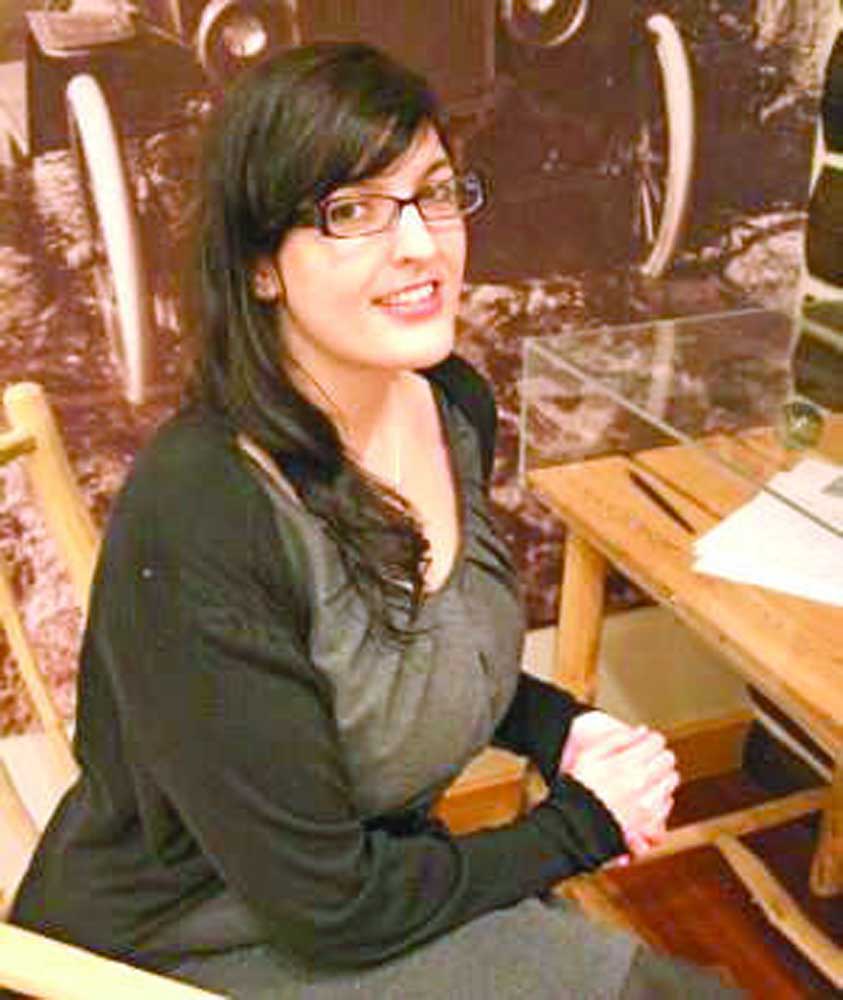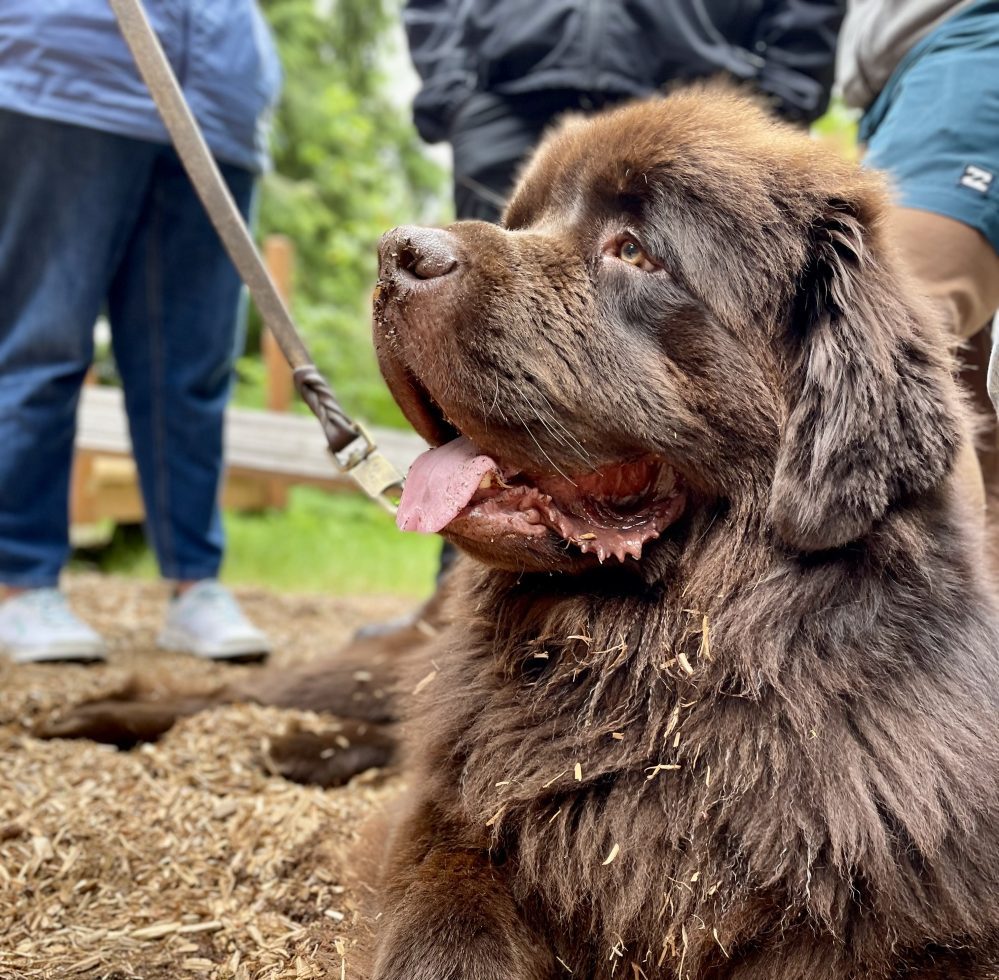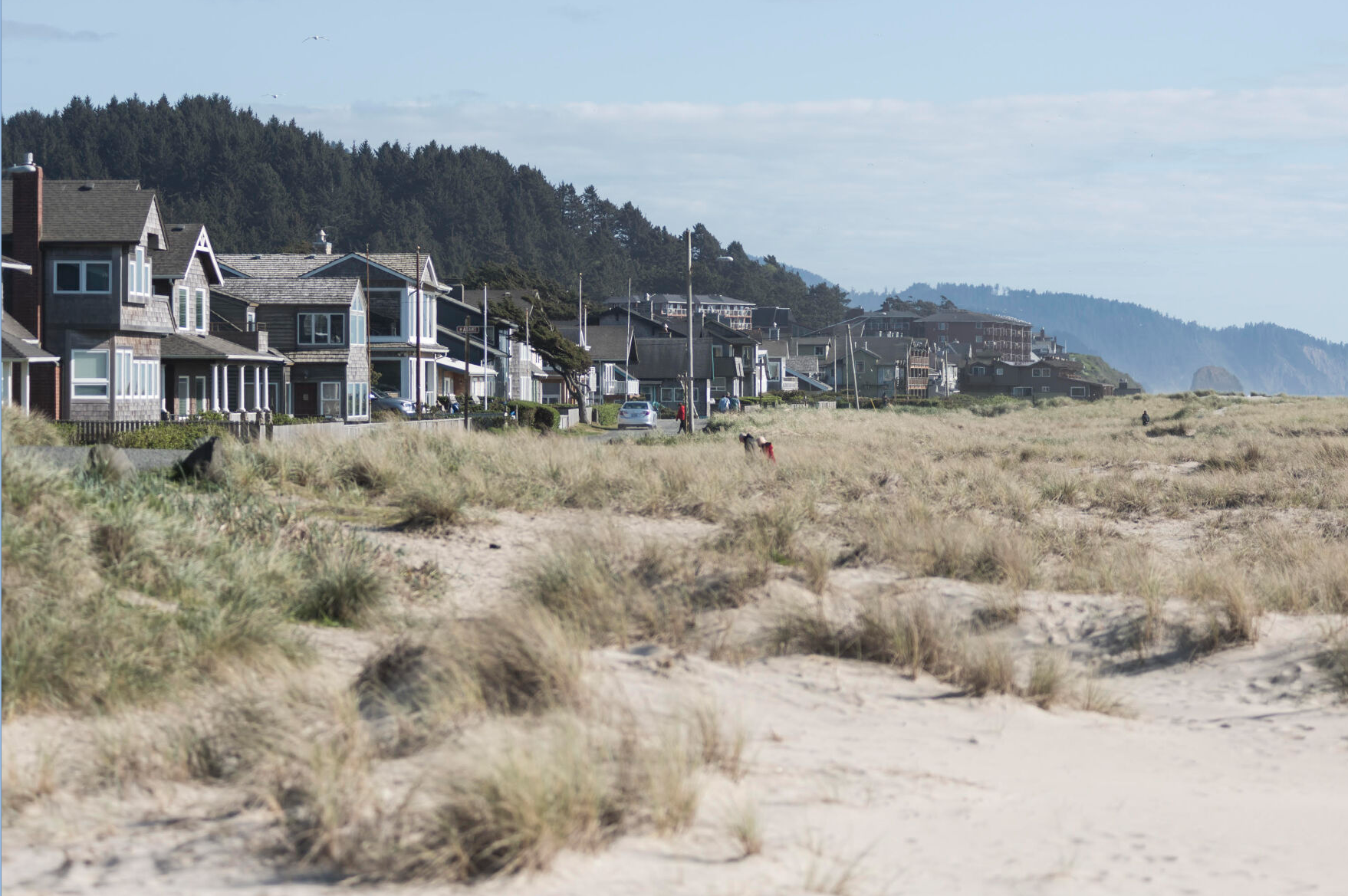Column: Revisiting the tsunami, 50 years later
Published 5:00 pm Thursday, March 13, 2014

- <p>Elaine Murdy</p>
In the early morning hours of March 27, 1964, a group of six poker players gathered at Frank Hammonds house. A big bet of $15 was on the table when the phone rang.
Trending
Bill Steidel, one of the poker players, recalled, The phone rang, and one of the men got up and answered. They said theres a tidal wave coming, he said. We all ignored it, because we heard that every winter, that there were some big waves coming. It wasnt unusual to hear that.
Then the second call came. The wave had hit.
As Steidel recalled in his 1995 Cannon Beach History Center oral history interview, We said (to Hammond), Where are you going? He says, The last wave broke over. You know that tree in my driveway? The last wave broke over the top of that tree.
Trending
The tree was 30 feet tall.
On March 27, 1964 a megathrust quake, sometimes referred to as the Good Friday earthquake, shook Anchorage, Alaska to its core. The term megathrust refers to a quake that occurs when one tectonic plate is forced under another, otherwise known as subduction. This type of quake can exceed 9.0 in magnitude; the Good Friday Quake was a 9.2. Tremors lasted for four minutes and set into motion a tsunami that swept along the North American shoreline.
Many coastal communities were unaware of the strength of such a quake or of the tsunami heading their way.
Steidel described the scene in Cannon Beach as a Laurel and Hardy picture.
Every man ran for the door at the same time. Then they scrambled into their cars and made for their families as quickly as they could.
The news of the quake in Alaska and tales of an approaching tsunami were rebuffed by some, at least at first. The community of Cannon Beach was prepared for any number of northern squalls, floods and fires, but this was something different, something unexpected.
Bridget Snow and her husband had a view from one of the bluffs in Cannon Beach. As they scanned the sea, they noticed the wave approaching.
From a distance, (it) moved in flat, curling to shore and rising in height about a foot a second, about 10 feet in all, she said.
By the time the first wave made it to shore, it was a 30-foot wall of water.
Elsewhere in Cannon Beach, Margaret Sroufe glanced out her window and was shocked to see dancing blue and green orbs right before the power went out. Intrigued, she went out to her porch. Sroufe and her husband had an unprecedented view of the damage caused by the tsunami from their home on the west side of Elm Street.
There was a house down on the creek and there was a little duplex, and the duplex started to move and it hit the telephone pole and went around the telephone pole, and it ended way back up in the pasture. And the bridge lifted up and moved on back into the pasture. It came right up to the edge of our driveway. We just stood there with our arms around each other watching the water come up.
Those who were heading for high ground via the Ecola Creek Bridge were shocked to find that it was gone. Steidel was the first to arrive.
The bridge was gone, he said. The water was all around me, and then a house went by. The house went over into the meadow and settled down.
The tsunami only picked up speed as it moved further down the coastline. In Crescent City, Calif. it moved with such strength and velocity that when it hit the shore, seagulls were caught in mid-air by the rushing waves 30 feet high or more. Witnesses have referred to these waves as walls of water.
The north end of Cannon Beach was the hardest hit by the 1964 tsunami. Homes were torn from their foundations or flooded. In addition, the Ecola Creek Bridge was destroyed, leaving behind only skeletal pieces of wood hanging from the road on either side. Tsunami debris was distributed throughout the town.
Though Cannon Beach did not experience the fatalities or devastation of other coastal communities, it was a shocking occurrence that changed how those who live at the coast react to a tsunami.
Tsunami safety and preparedness have become synonymous with the Oregon coast. Hotels have evacuation plans outlined for guests, signs direct inhabitants to the safety of high ground and local businesses have begun to construct earthquake-safe buildings.
Education is still the No. 1 combatant against casualties related to tsunamis and earthquakes. Safety drills, workshops and community forums have helped to educate and prepare the community.
While damage will occur, and the town will be changed, I dont think that Cannon Beach could ever cease being Cannon Beach. I think that weve learned from the past and continue to prepare for the future. If we survived one, well survive another.









